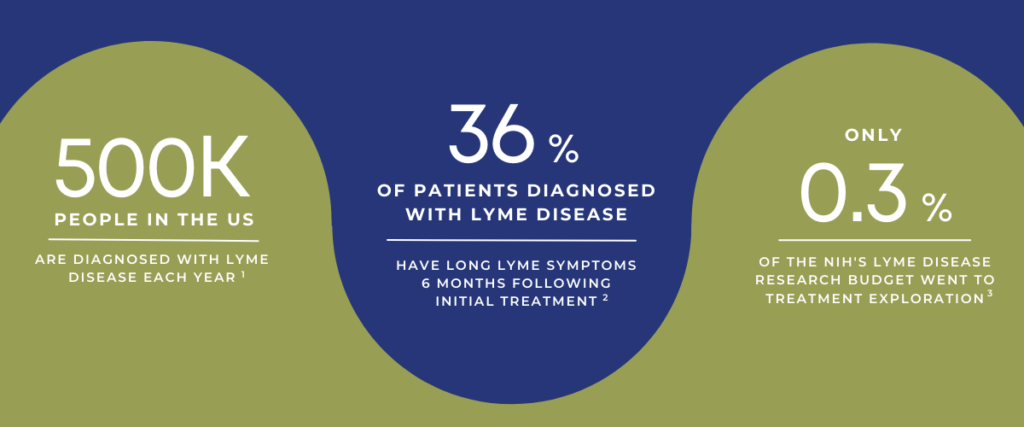
Invisible International is a nonprofit organization that envisions a world where the natural environment, animals, and humans can healthily coexist and thrive. We educate healthcare providers about environmental and vector-borne diseases, and gather communities to collaboratively create and implement solutions for climate and health challenges.
Drawing from the World Health Organization’s framework, we take an expansive view of the meaning of health; it is not merely the absence of illness or infirmity, but it is a state of holistic physical, mental, and social well-being.
"Illness is the night side of life, a more onerous citizenship. Everyone who is born holds dual citizenship, in the kingdom of the well and in the kingdom of the sick. Although we all prefer to use the good passport, sooner or later each of us is obliged, at least for a spell, to identify ourselves as citizens of that other place.”
Susan Sontag, Illness as Metaphor
Invisible illnesses are conditions where a person’s pain and suffering are hidden from view. These illnesses are typically not well understood by the medical practitioners, who are working in a system that hasn’t yet developed effective diagnostics, treatments, or cures.
There are many labels for these invisible illnesses—Lyme disease, long COVID, myalgic encephalomyelitis/chronic fatigue, environmental illness, depression, and more—but on some level, they are all one. Society has chosen to turn away from their suffering, leaving these people invisible, alone, and without hope.
The suffering of those with invisible illnesses goes beyond pain and dysfunction. They also experience stigma, marginalization, bias, and discrimination from the medical system, employers, government agencies, and society. Other factors, such as race, gender, class, citizenship, and climate change, can worsen their situations.
Their inability to live a normal life leaves finances in ruins, and families and friendships fractured. In our profit-driven society, there is little patience for these time-consuming, difficult cases, so these citizens are often abandoned by the health-care system.
Invisible is working to lift this cloak of invisibility by shining a light on their needs through medical education, research, and community empowerment. Our motivated scientists, physicians, and changemakers have one thing in common—commitment to bettering their lives. We want to help society understand their plight, increase research funding for their illnesses, and empower these people to obtain the just and equitable health care that they deserve.
We are Invisible International. And we hope you’ll join us in our mission to help.

Invisible illness is a term that we use to describe the experience of people whose conditions are largely “unseen” by the medical community. These are patients who fall through the cracks of our medical system because their illnesses are not well understood, or even acknowledged. Typically, people who experience an invisible illness:
At Invisible International, we strive to deepen our understanding of the root causes of the suffering associated with invisible illness. We recognize that this state often intersects with inequities related to other factors, such as race, gender, sexuality, class, citizenship, and vulnerability to climate change. Equity gaps in these areas can effect an entire invisible population, or a subset of one, and can significantly shape a person’s experience of invisible illness.
"To have great pain is to have certainty; to hear that another person has pain is to have doubt.”
Elaine Scarry, The Body in Pain
Our top priority is vector-borne illnesses like Lyme disease and other tick-borne illnesses, and we see power in aligning with a full spectrum of invisible illness.

1. CDC.gov 2. ScienceDirect.com 3. NIH.gov and Invisible International Blog
"Those who contemplate the beauty of the earth find reserves of strength that will endure as long as life lasts."
Rachel Carson, The Sense of Wonder
A walk on the beach at sunset. A hike in an old growth forest. Fishing on the banks of a mountain lake. These places of healing are now fraught with danger in our era of rapid environmental change. Wildfires, red tides, and epidemics are all symptoms of an ecosystem out of balance.
Invisible International’s top priority is to lessen these threats by addressing the scourge of vector-borne illnesses like Lyme disease and other tick-borne illnesses.
In the last few decades, the health impact of tick-borne diseases has reached alarming levels around the world. In the U.S. alone, Lyme disease cases have risen steadily, hitting a record annual high of 475,000 in 2019. Reported cases of tick-borne diseases have doubled in the last 13 years.
There is no vaccine or reliable testing for Lyme disease and the recommended treatment protocols fail patients somewhere between 10% to 36% percent of the time. Medical costs for Lyme disease are estimated to be between US$712M to $1.3B each year in the U.S. And the proliferation of disease-carrying ticks continues to worsen with climate change and the migration of birds, mammals, and pets, spreading disease across country borders.
There is an urgent need for better Lyme disease and tick-borne illness prevention, diagnosis, and treatments. In contrast, HIV/AIDs, caused by a virus discovered in the same year as the Lyme disease bacterium, received 100 times more funding from the National Institutes of Health than Lyme disease’s meager $30M 2018 budget. What’s more, the NIH allocated only 0.31% ($420,558) of its total Lyme research budget for human treatment studies from 2015 to 2019. Primary care physicians are now trapped in a treatment-advice vacuum, with no effective strategies for helping the growing number of chronically ill patients.
Invisible International has developed a roadmap of strategic initiatives to address these failings, so that we can all feel safe again when we walk in nature.
Looking to reach out to our team? Contact us.

Invisible International, Inc. is a MA nonprofit corporation operating through a fiscal sponsorship with Players Philanthropy Fund, a Maryland charitable trust recognized by IRS as a tax-exempt public charity under Section 501(c)(3) of the Internal Revenue Code (Federal Tax ID: 27-6601178). Contributions to Invisible International are tax-deductible to the fullest extent of the law.